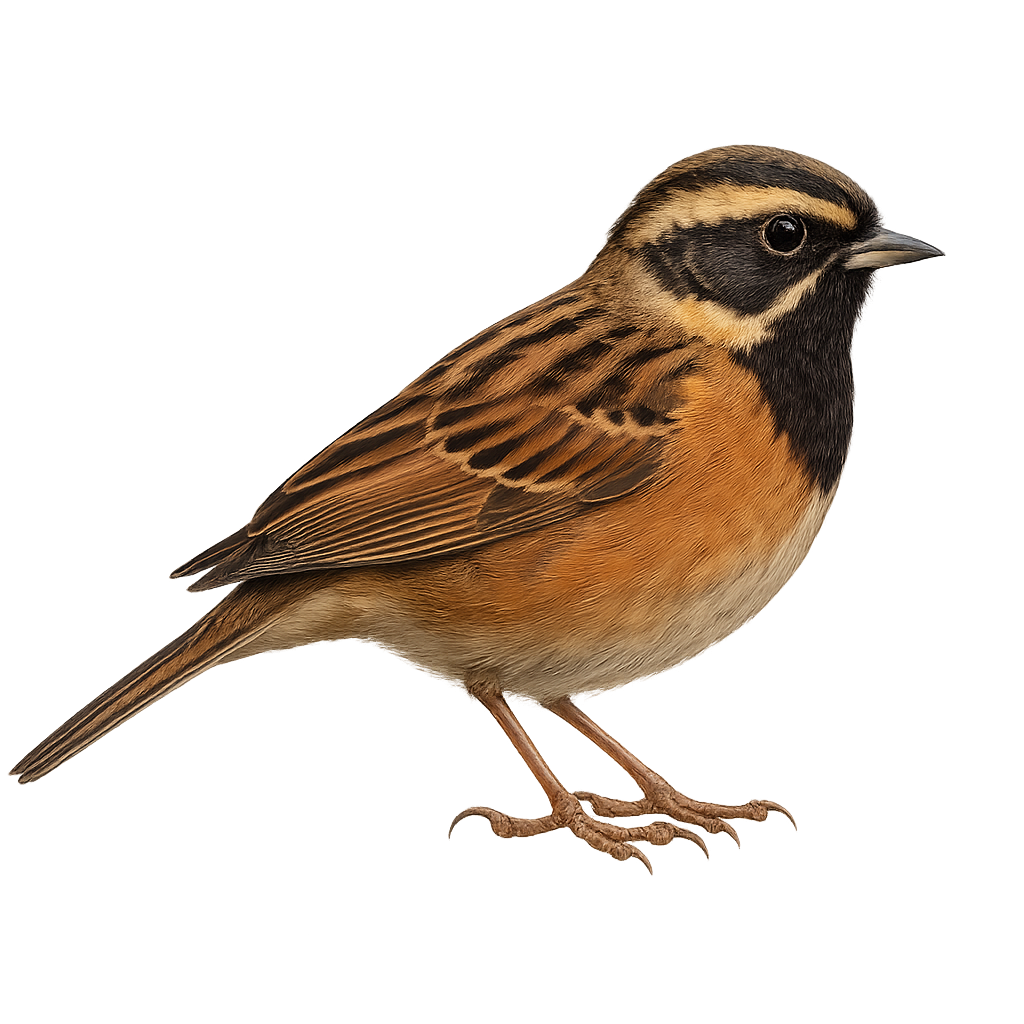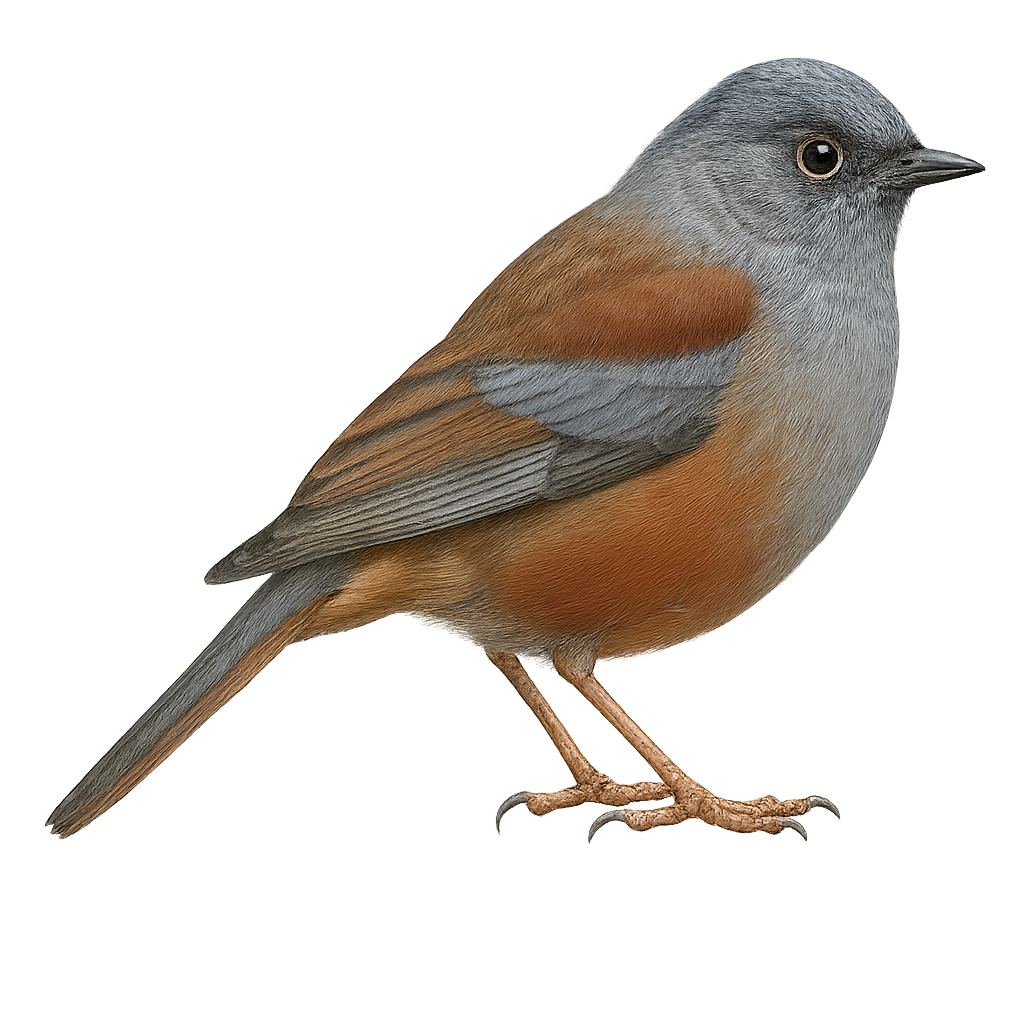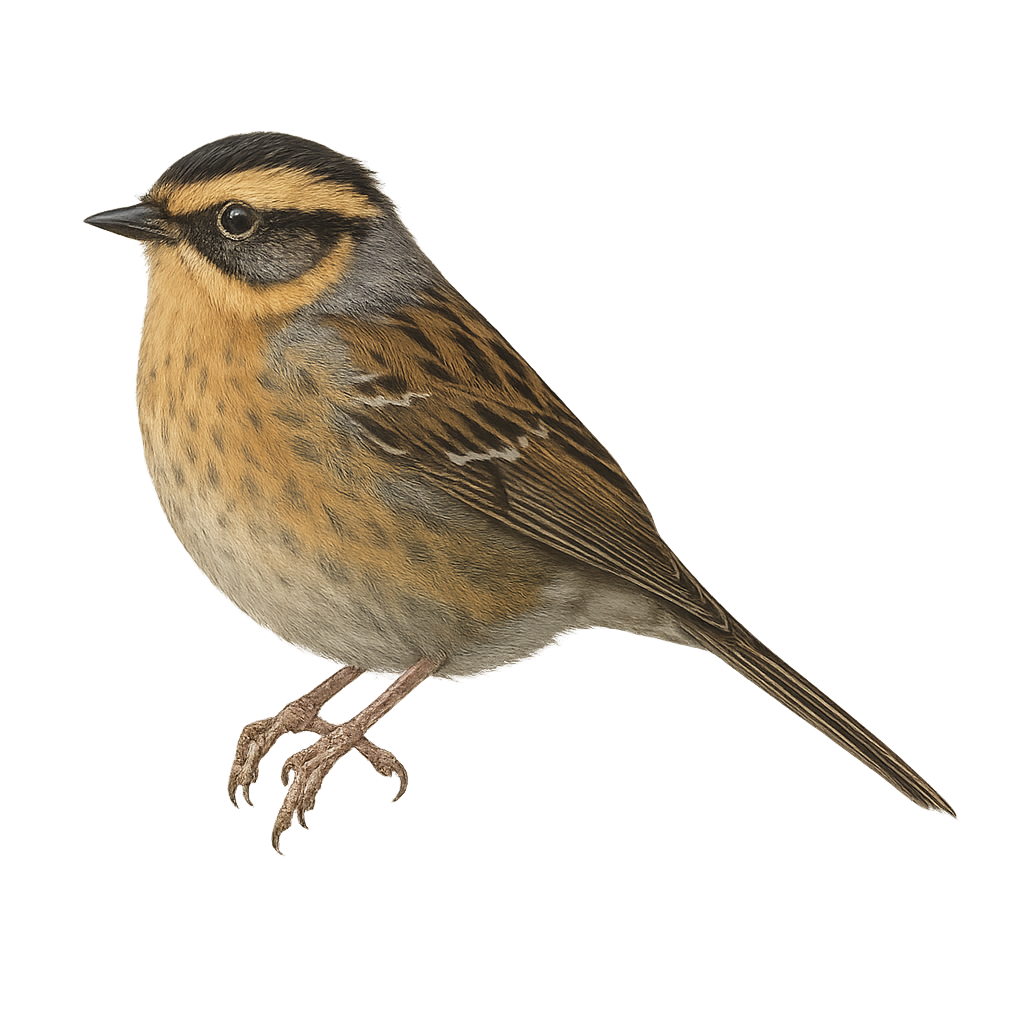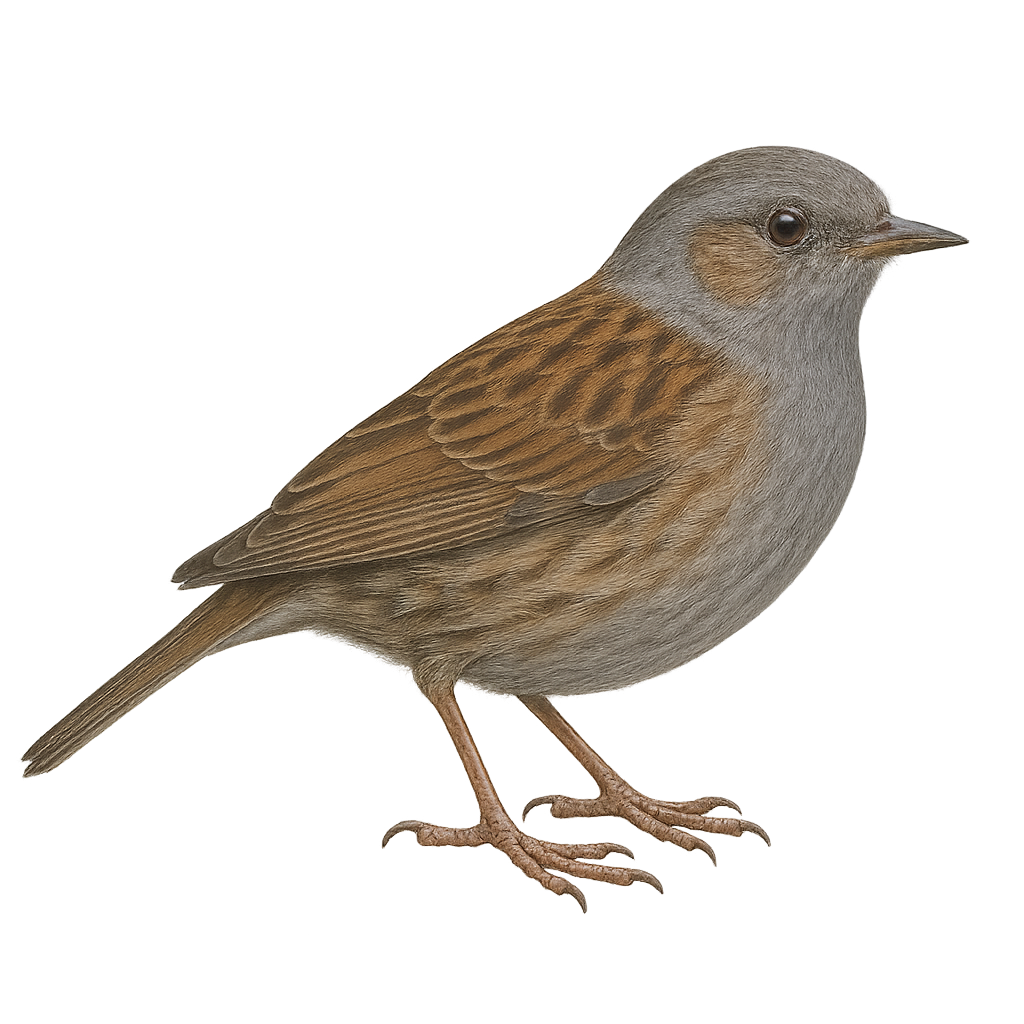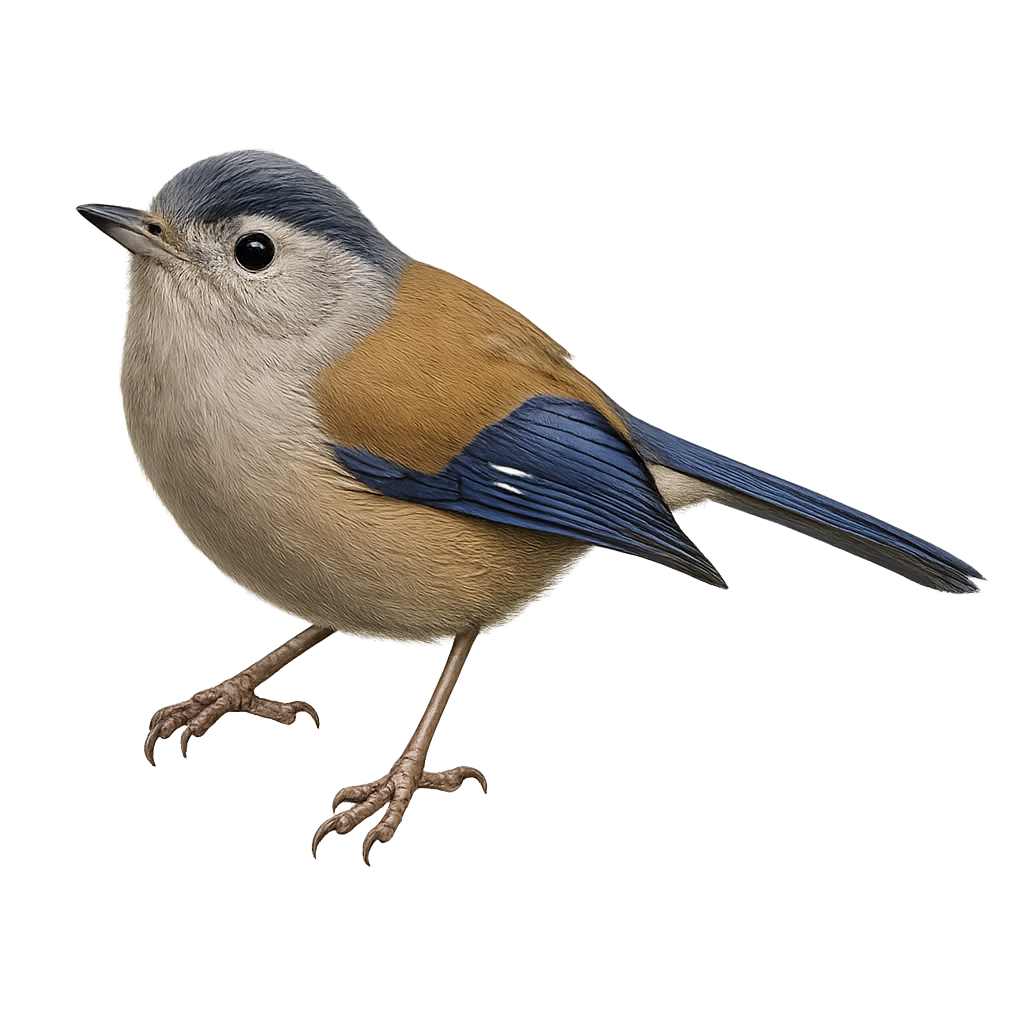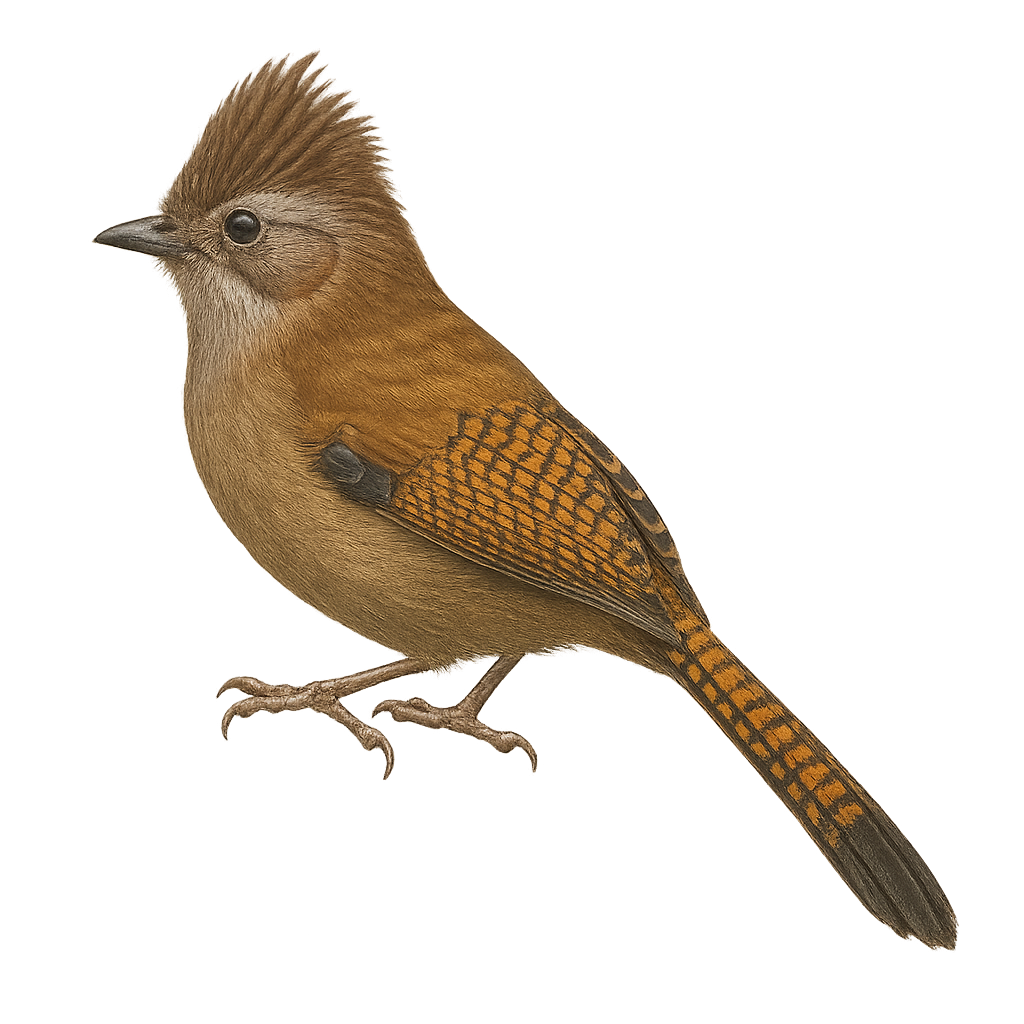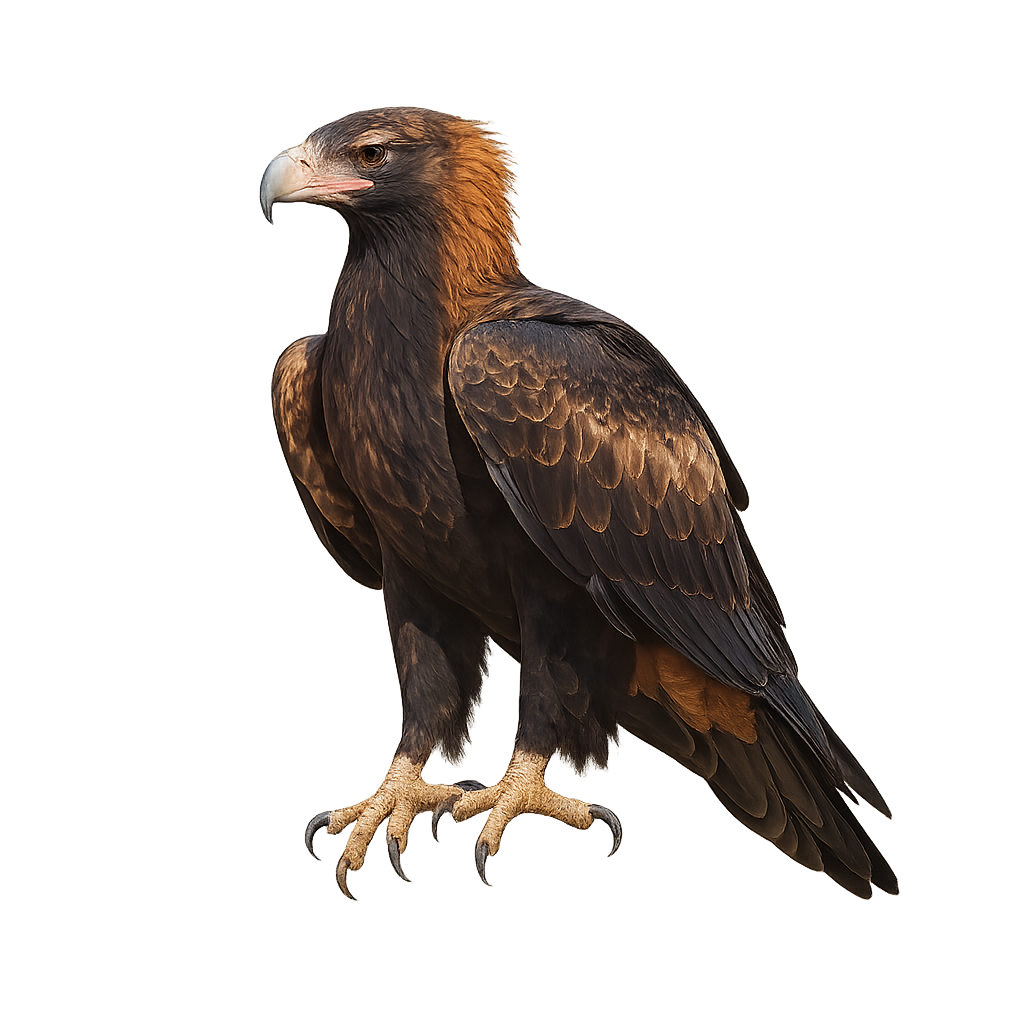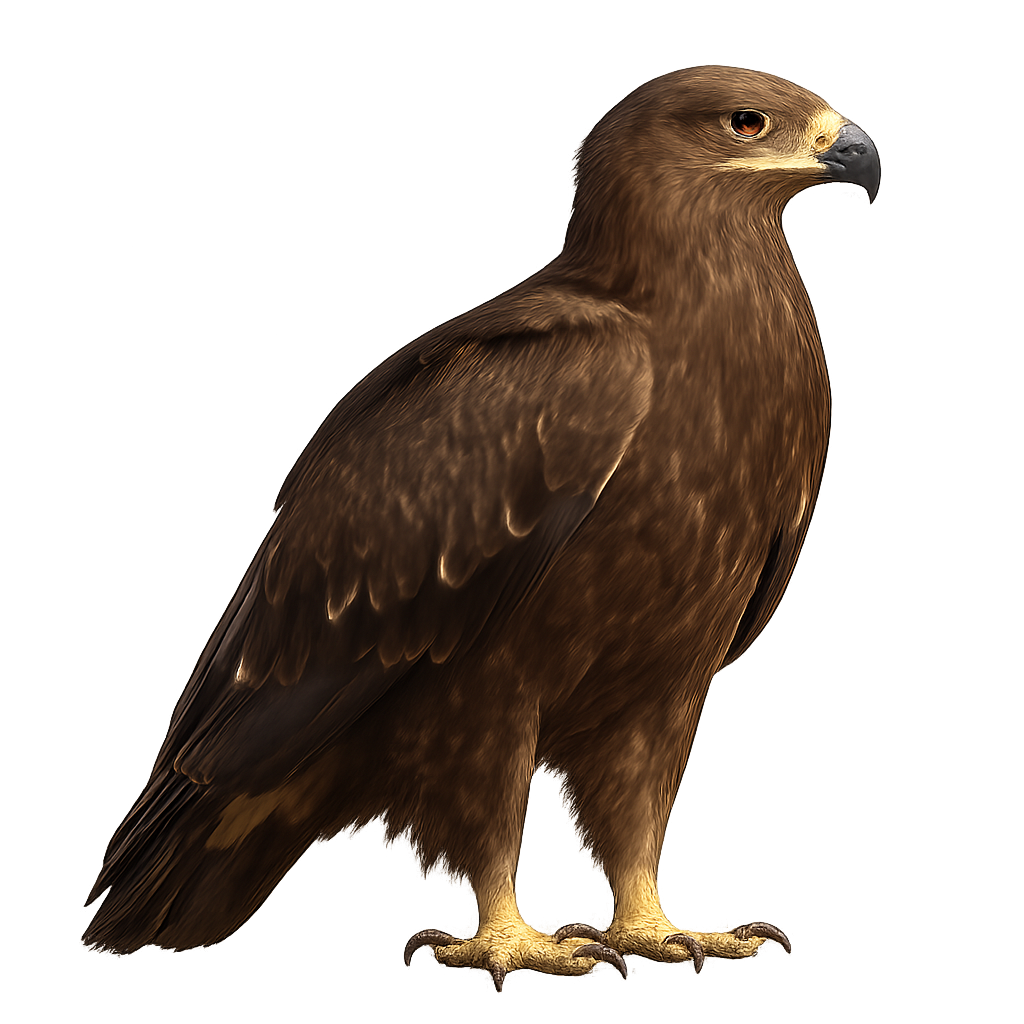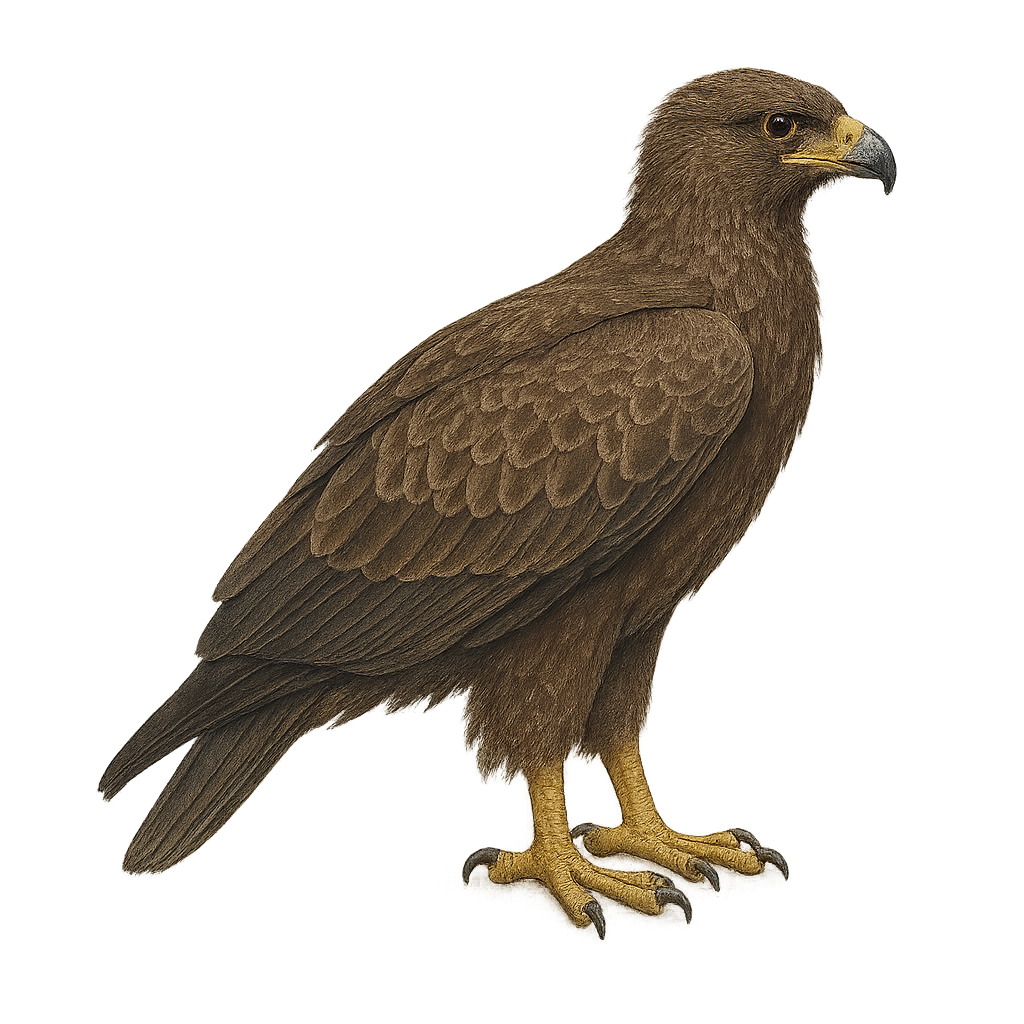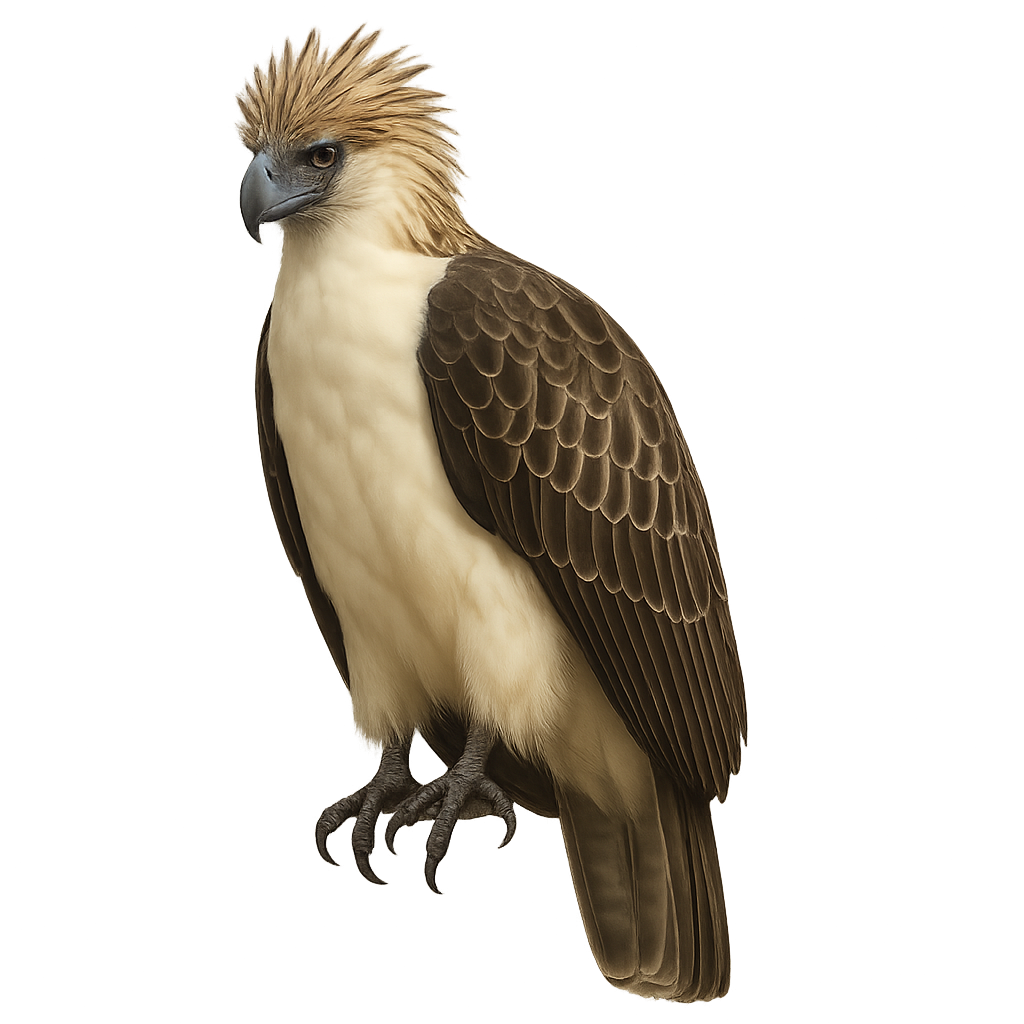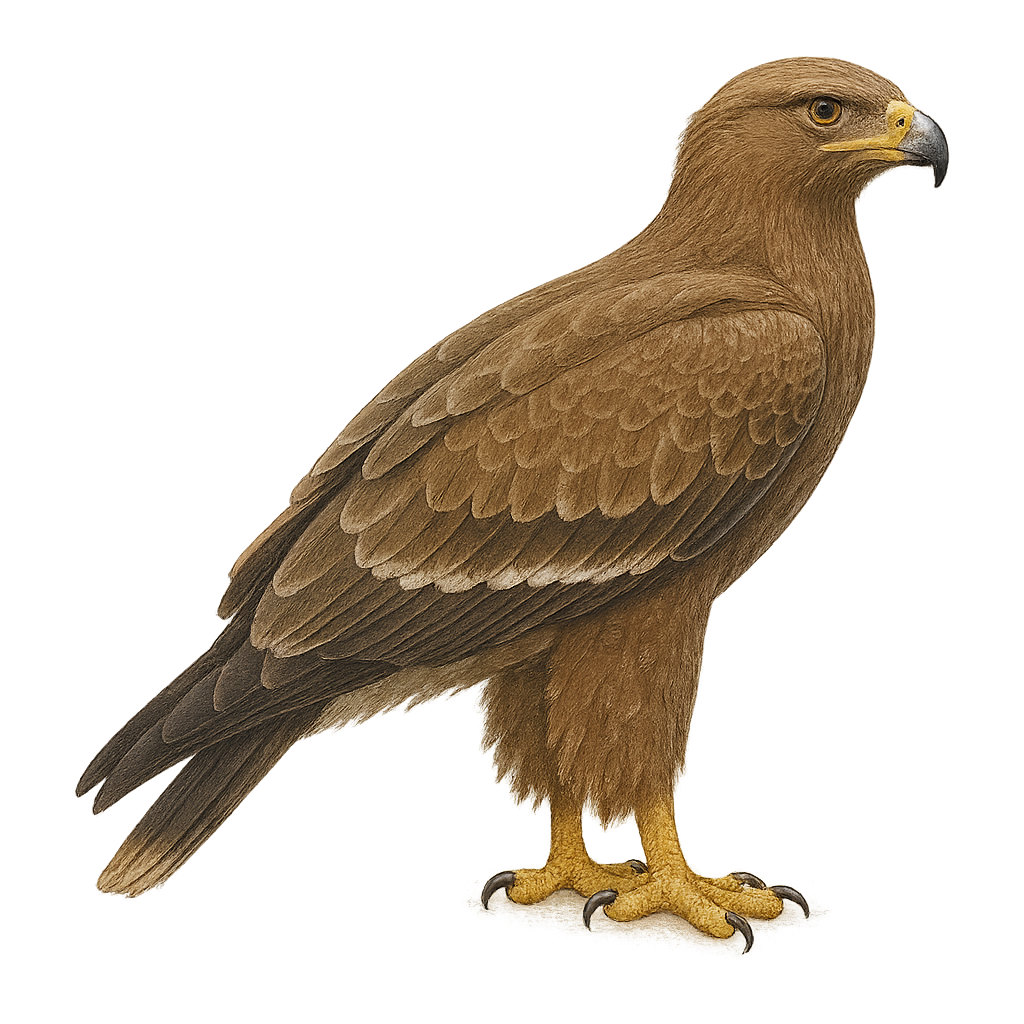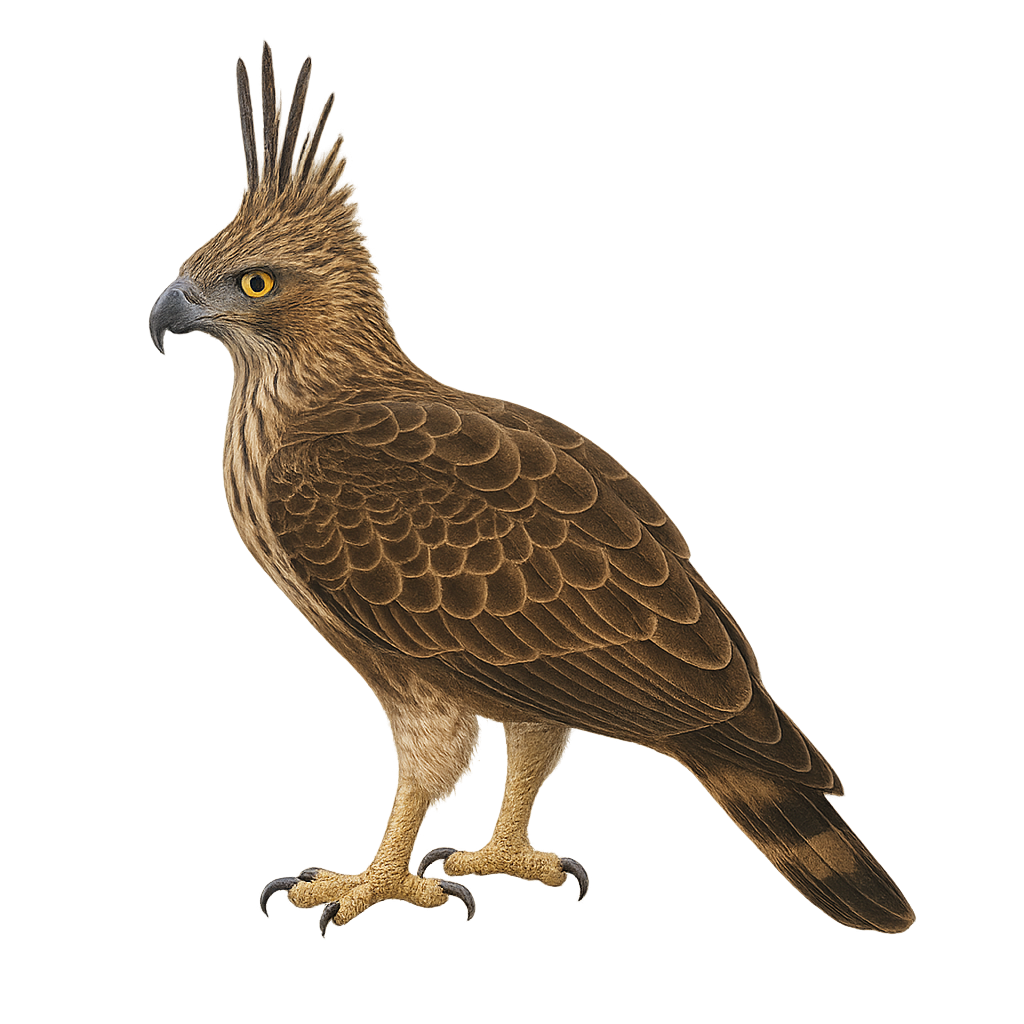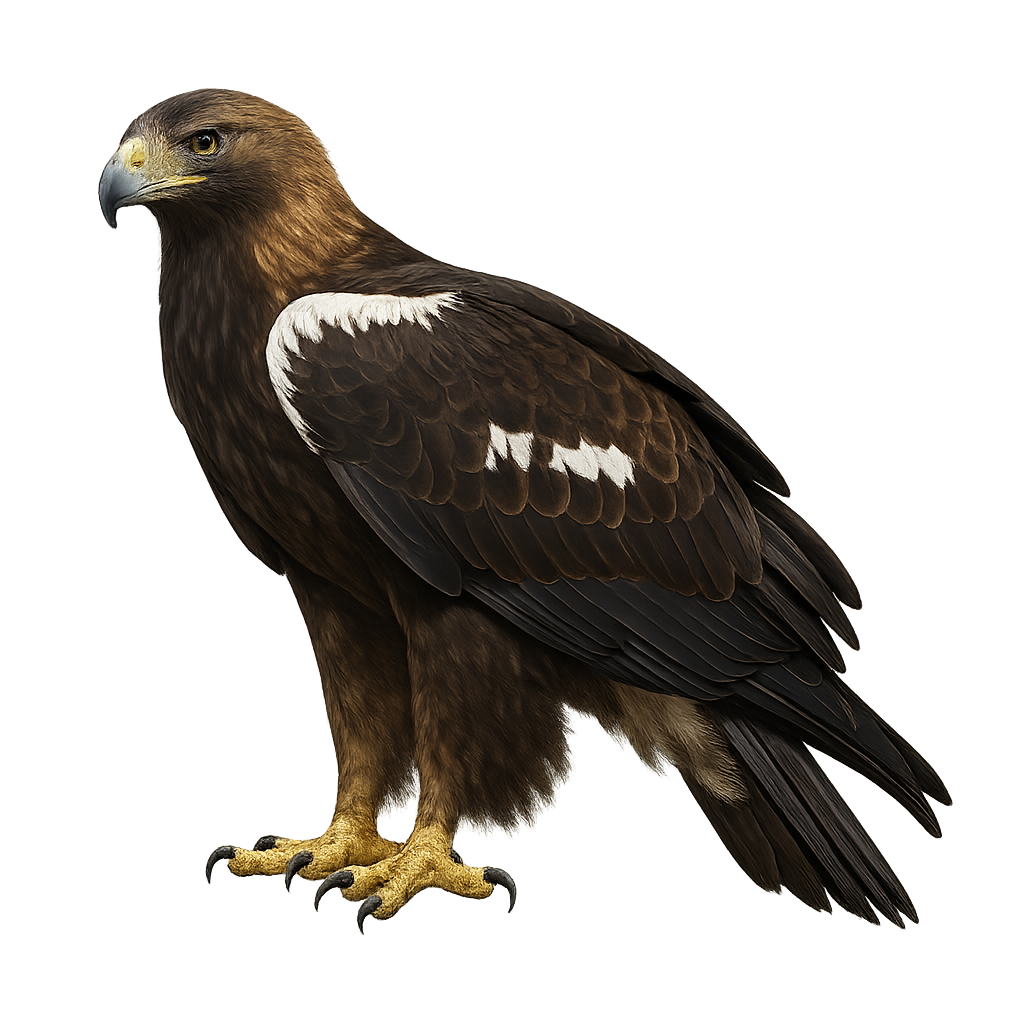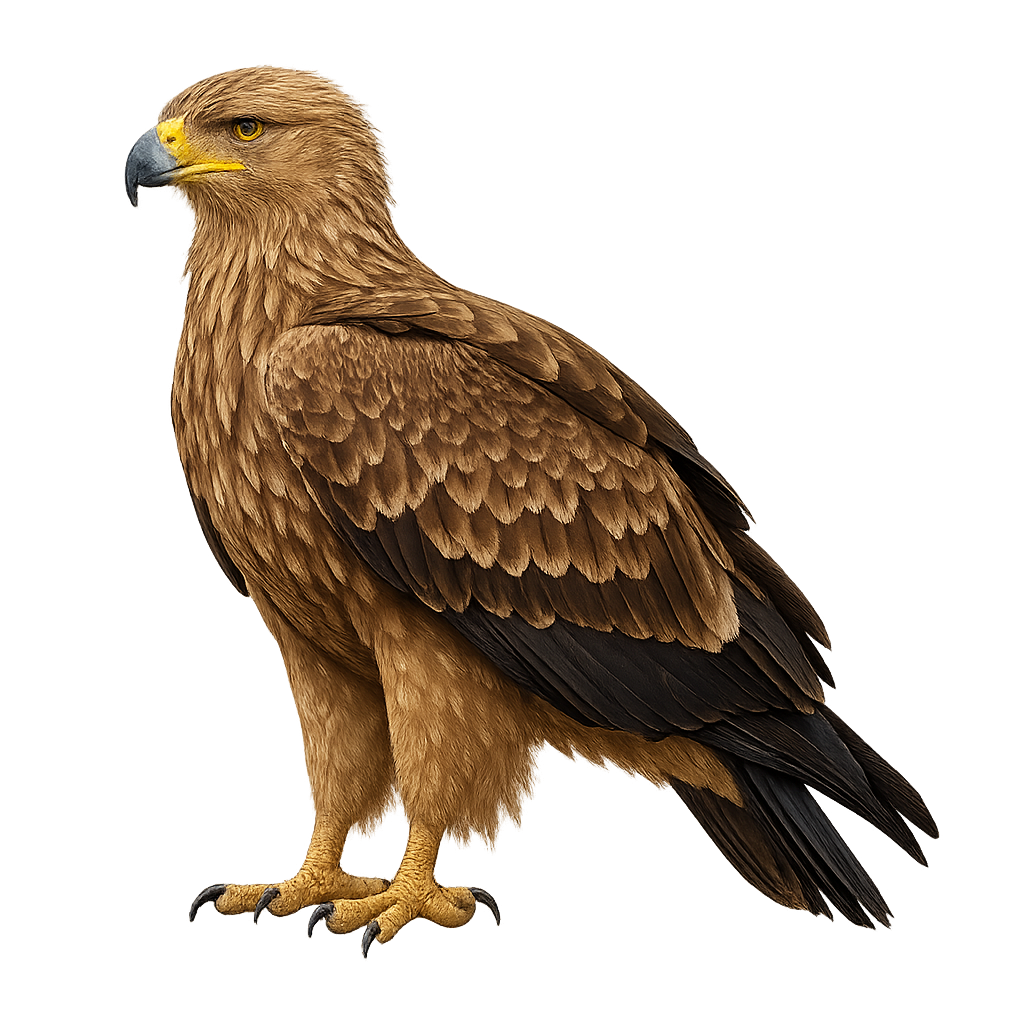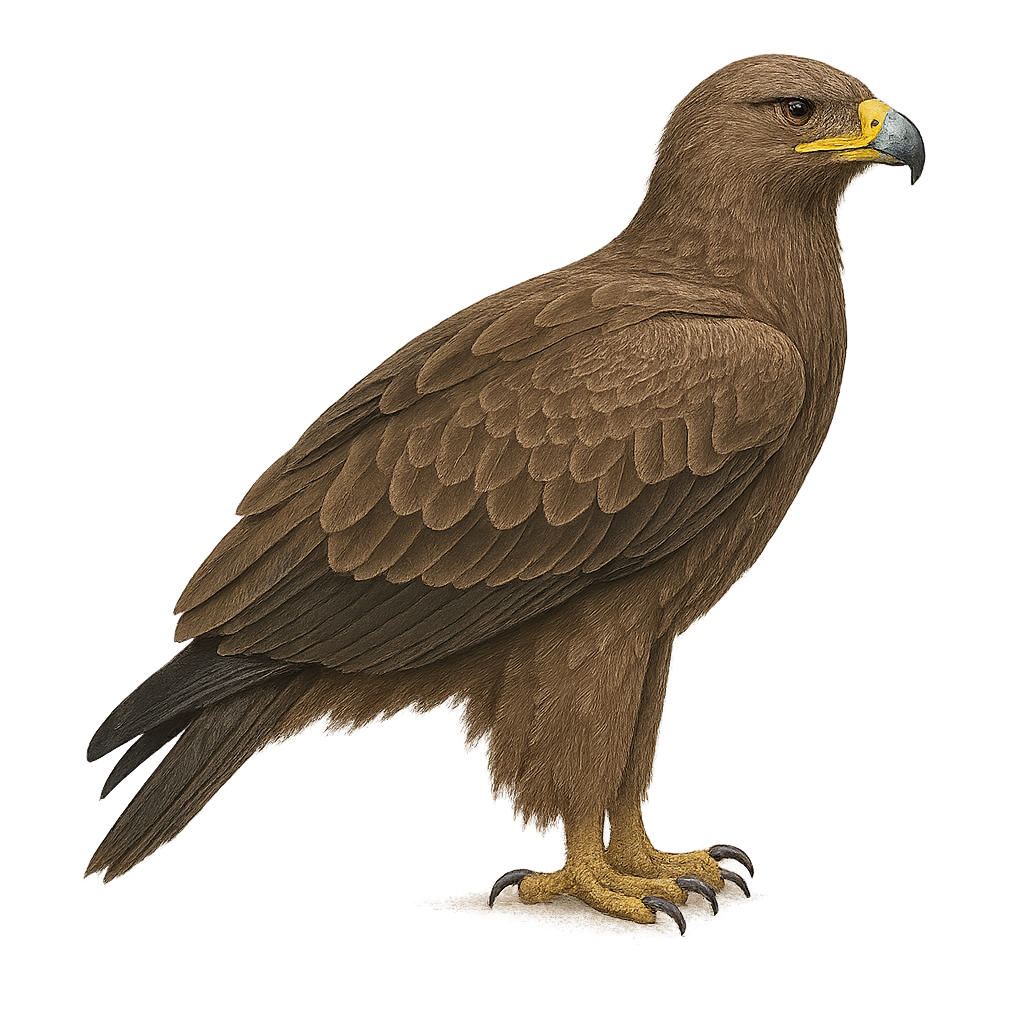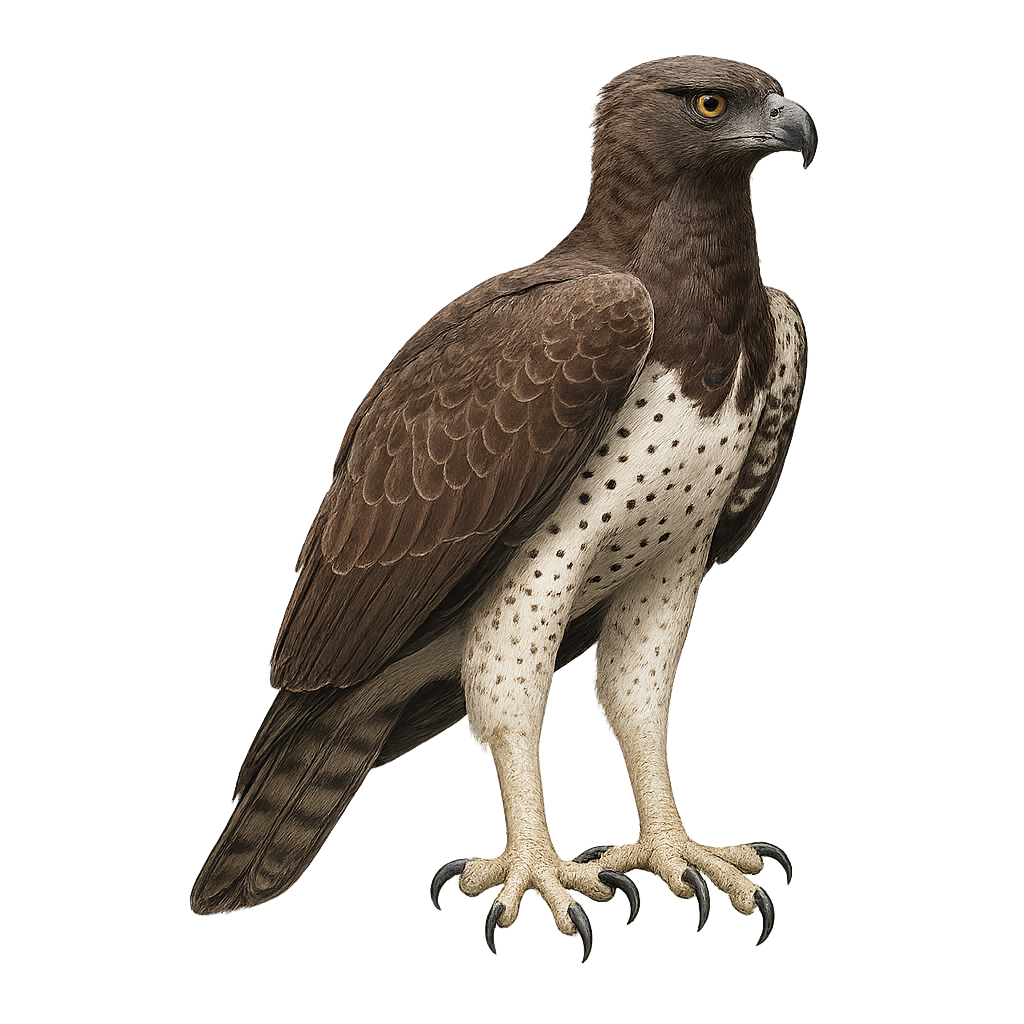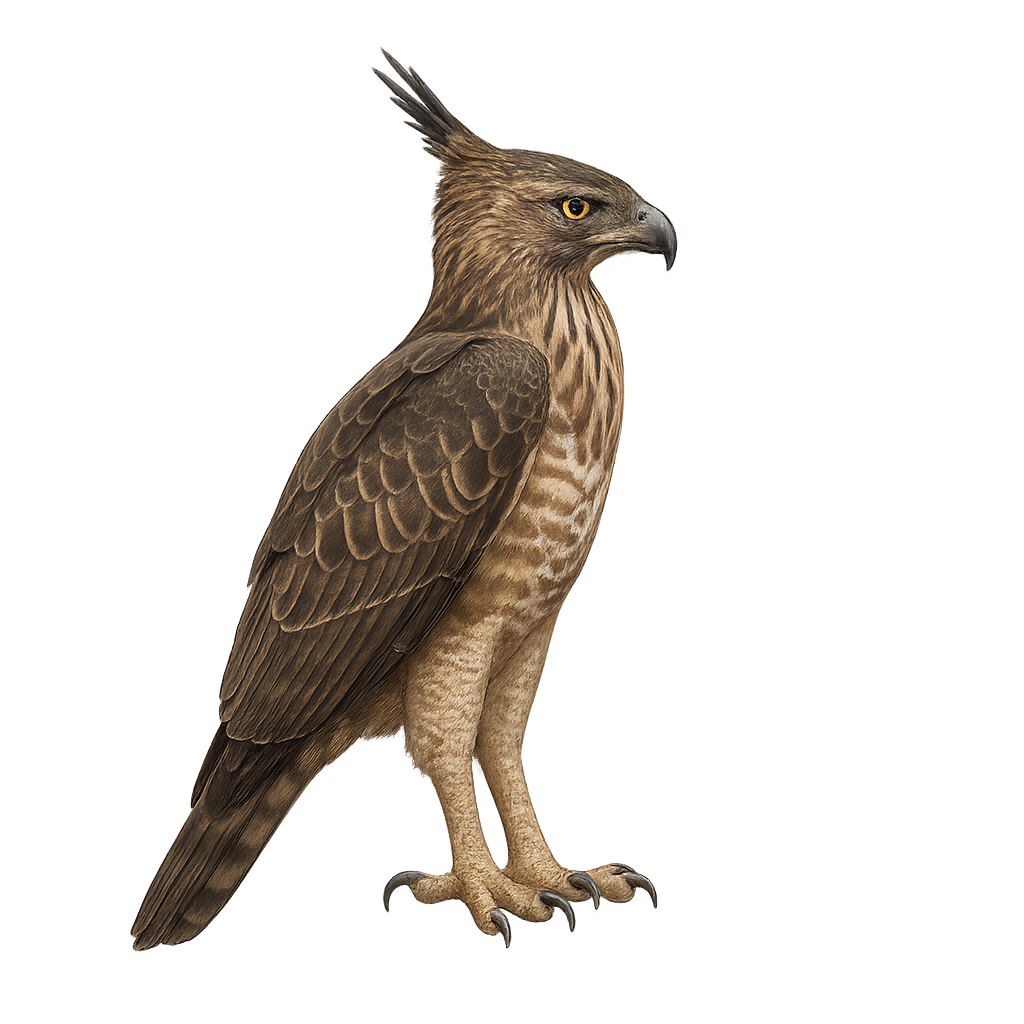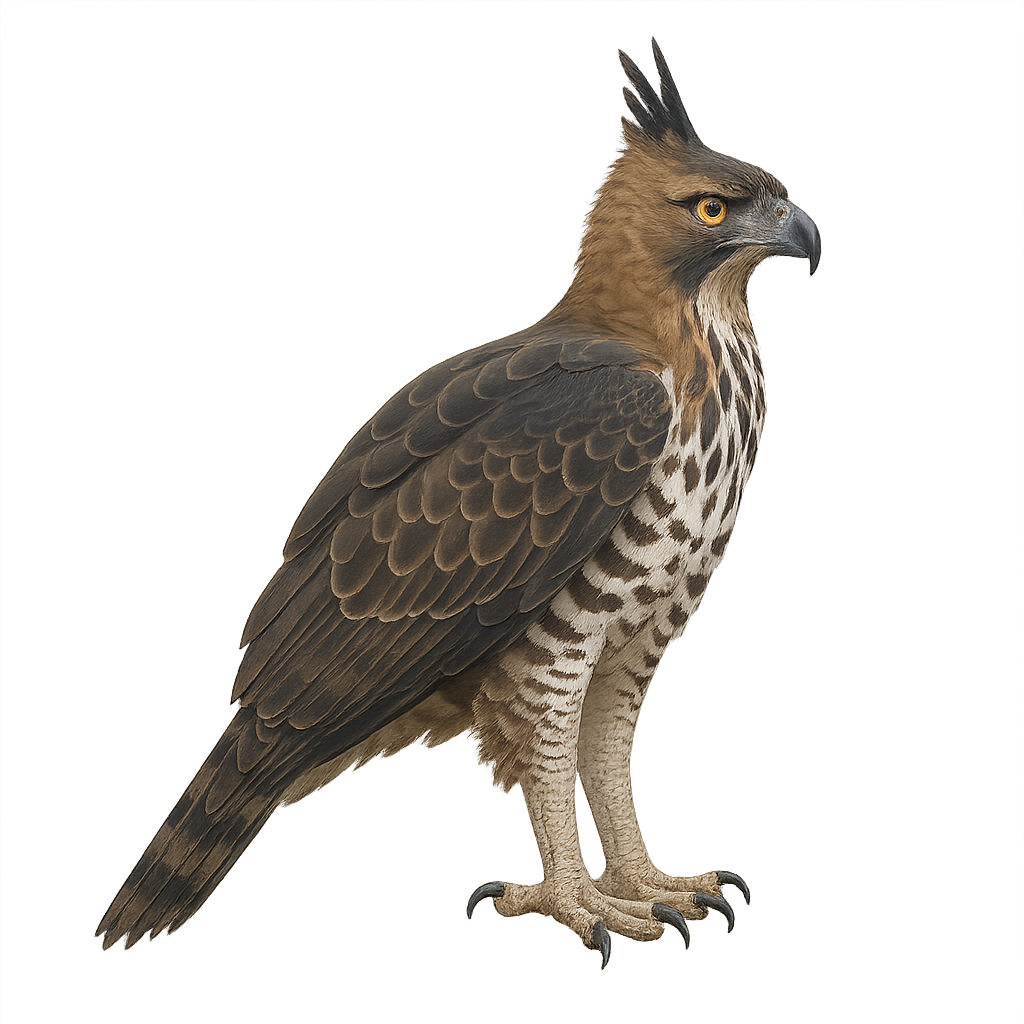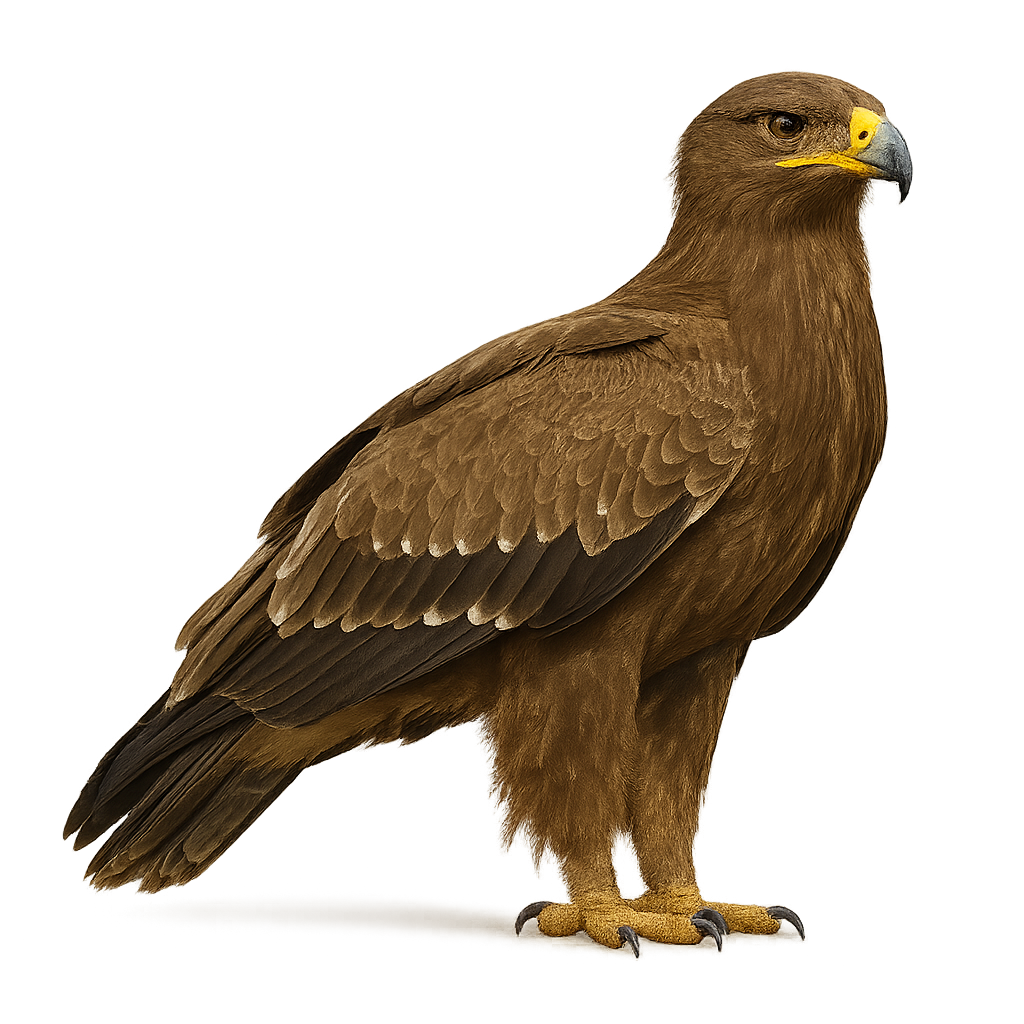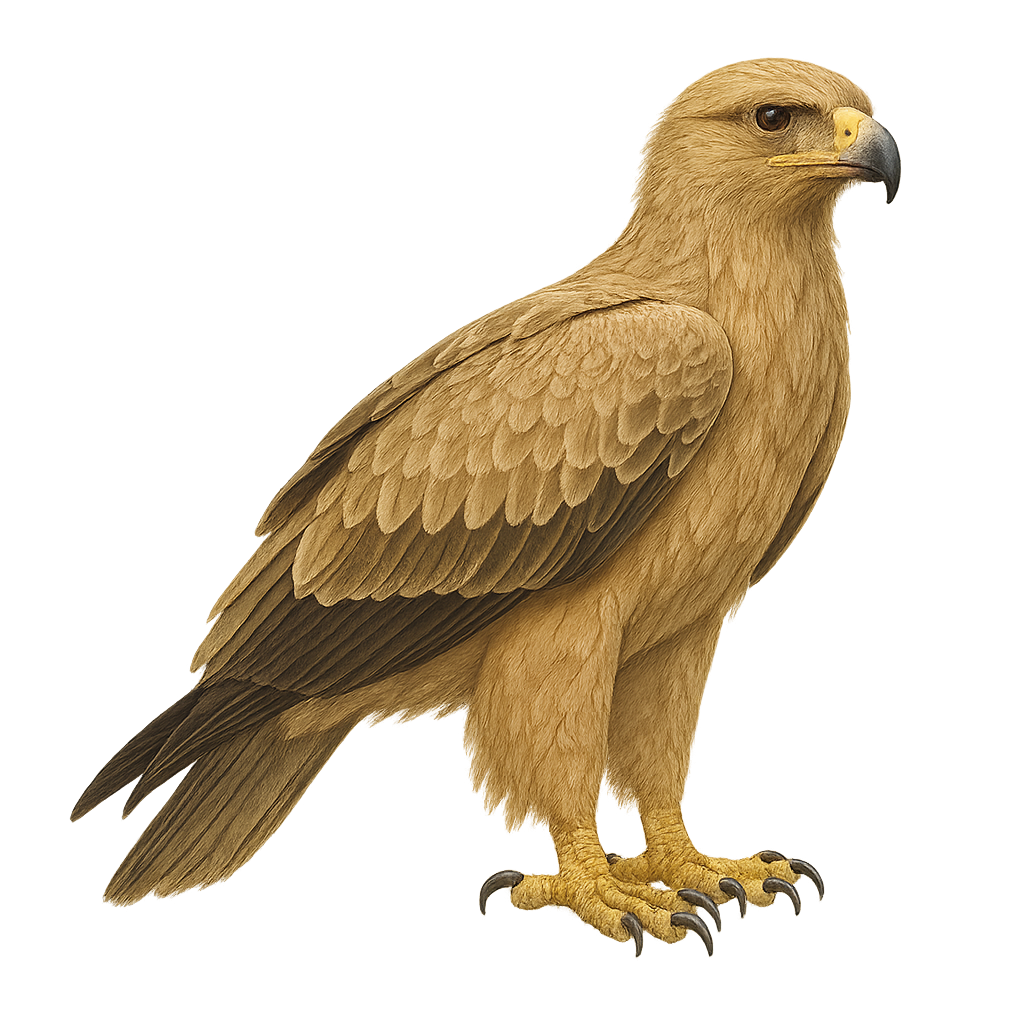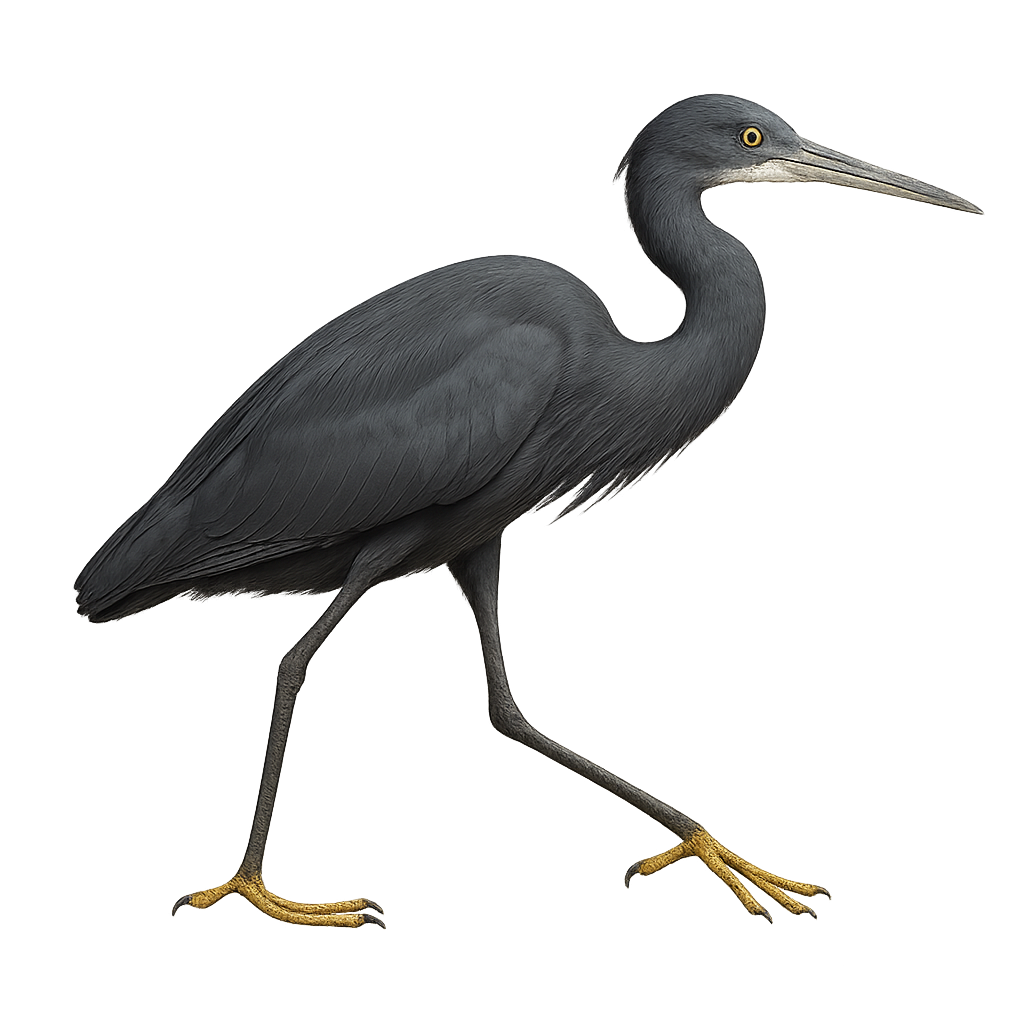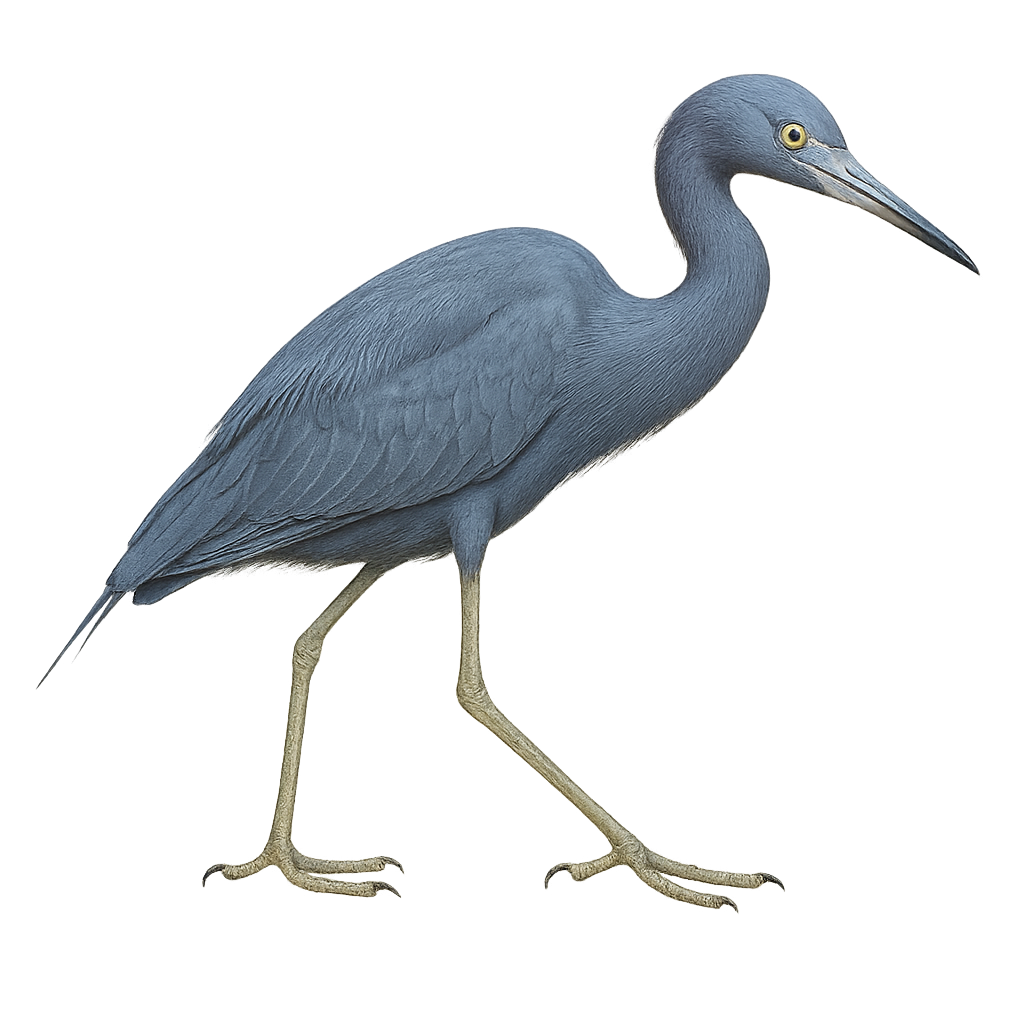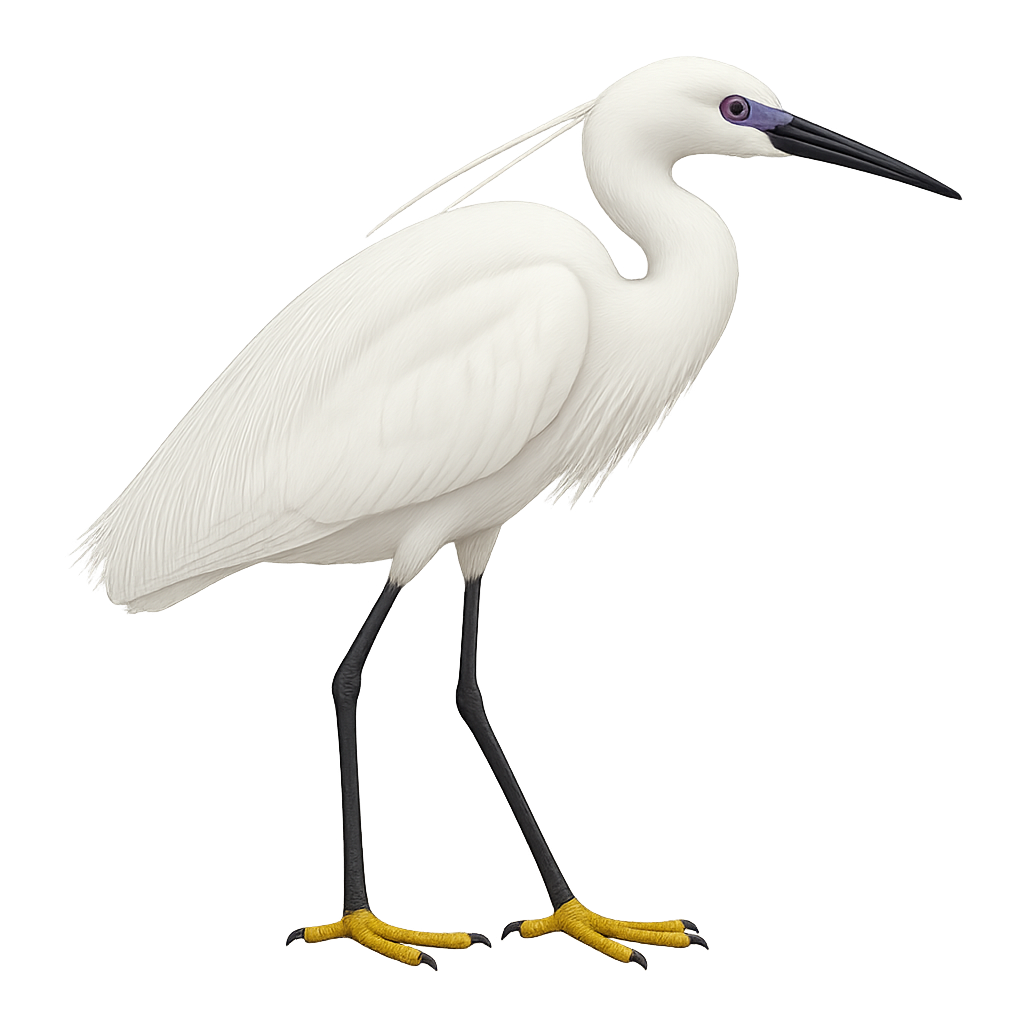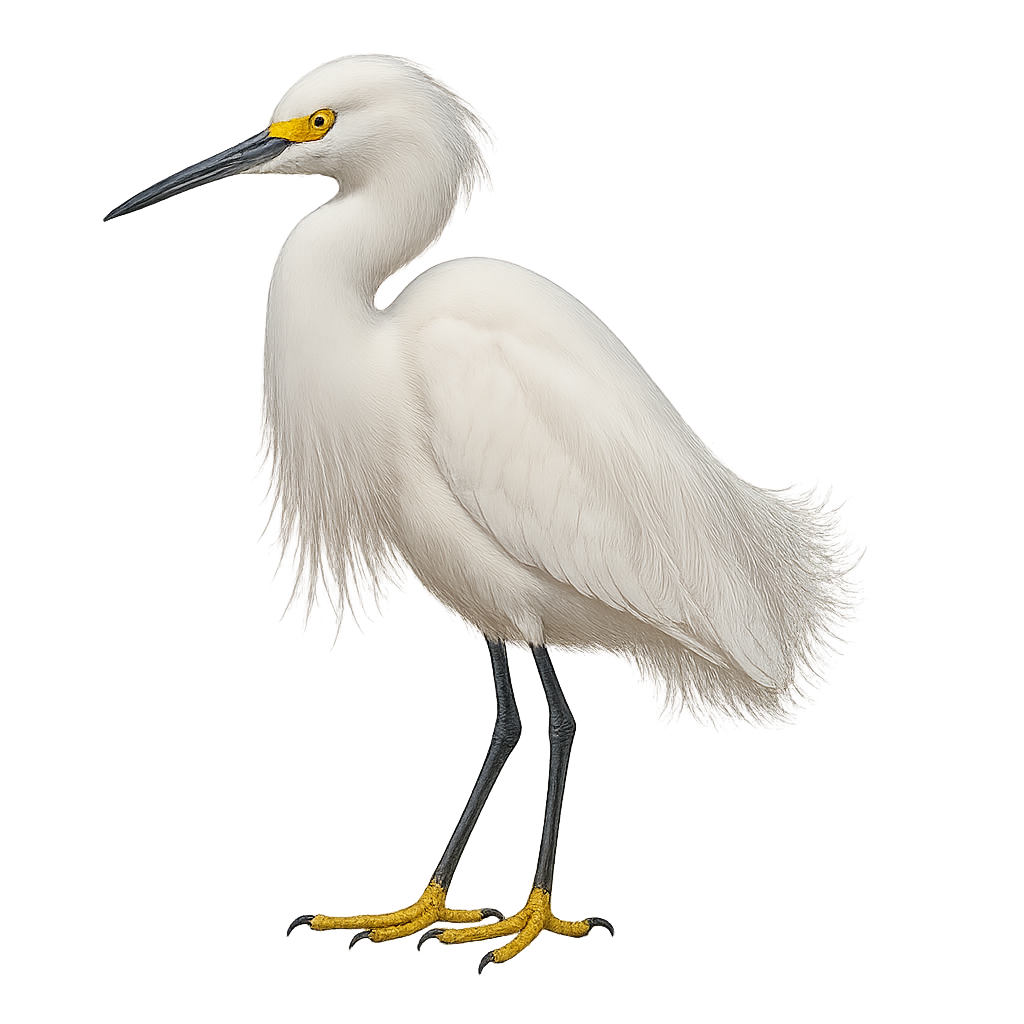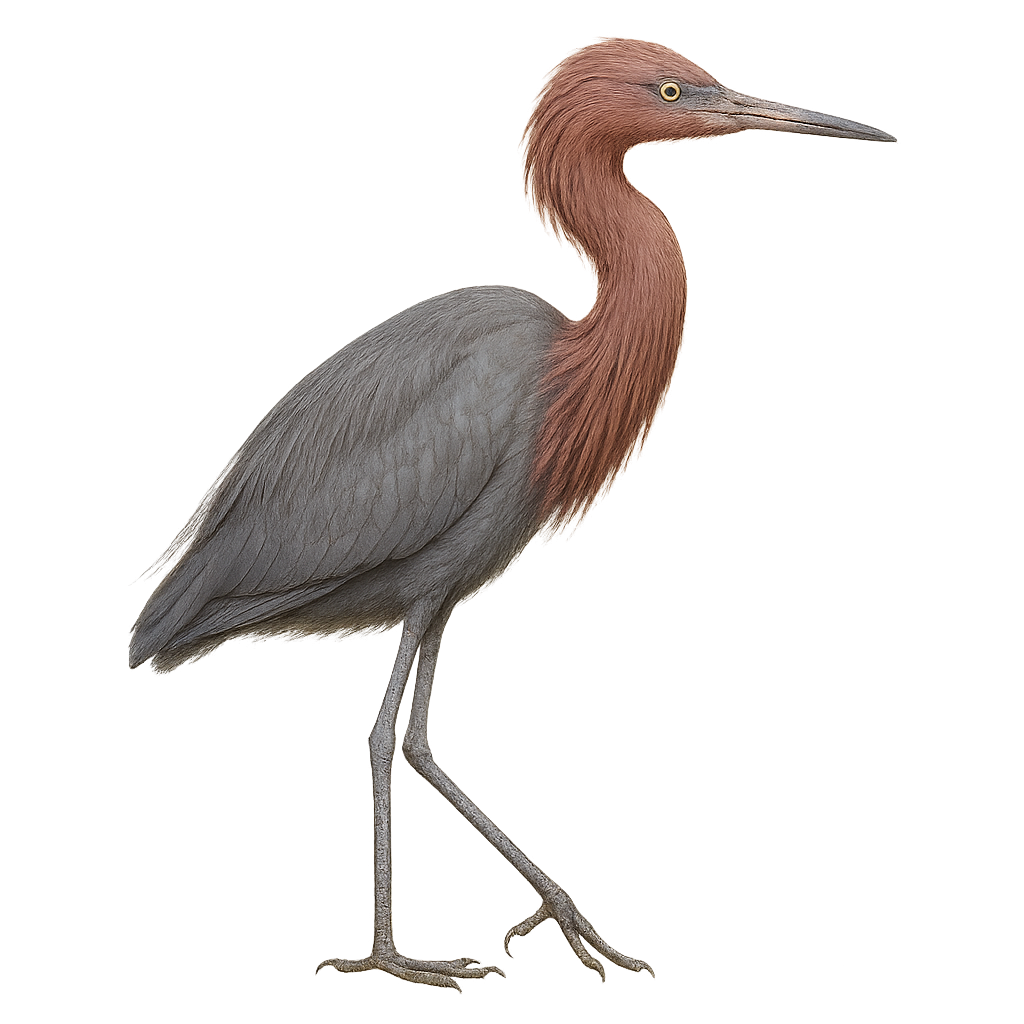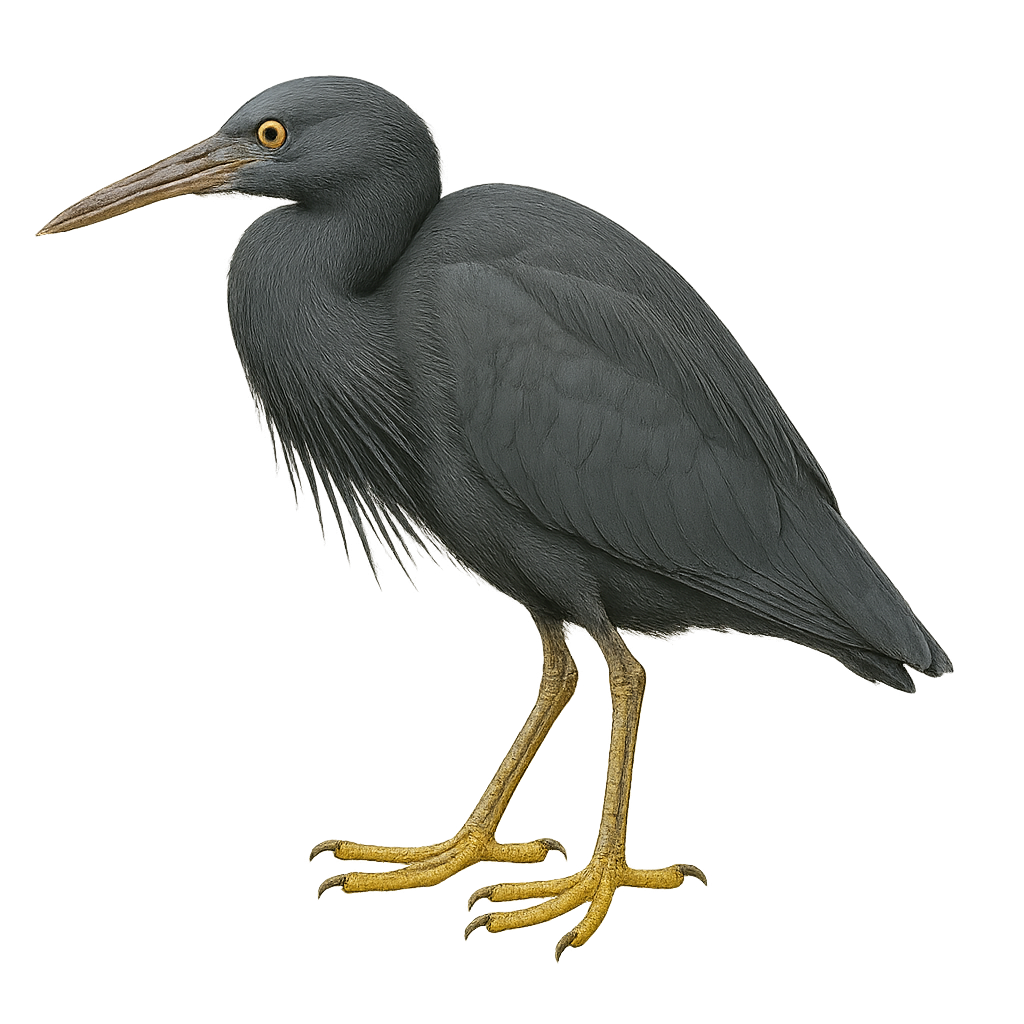The Black-throated Accentor is a small passerine bird belonging to the Prunellidae family. It is characterized by its black throat contrasting with its brown and gray plumage. Found mainly in the mountainous regions of Central Asia, it inhabits coniferous forests and shrublands. This bird is often seen in small groups, especially outside the breeding season. It primarily feeds on insects and seeds, foraging actively on the ground. Although discreet, its melodious song can be heard in spring. Its ability to adapt to different habitats allows it to survive in varied conditions, although it is sometimes threatened by deforestation and climate change.
The alpine accentor is a small mountain passerine, 14–15 cm long, with streaked grey-brown plumage and a slightly darker head. It inhabits alpine rocky slopes, scree, and high meadows, feeding on insects, seeds, and berries. During the breeding season, males and females establish territories and the male performs song flights to attract the female.
The Tibetan Accentor, or Prunella immaculata, is a small passerine bird belonging to the Prunellidae family. It is primarily found in the mountainous regions of the Himalayas, including Tibet, Nepal, and Bhutan. This bird is characterized by its uniform brown-grey plumage, lacking distinctive markings, which helps it blend into its rocky environment. It inhabits high-altitude areas, often above 3000 meters, where it feeds mainly on insects and seeds. The Tibetan Accentor is a discreet bird, often seen alone or in small groups. Its ability to survive in extreme climatic conditions makes it a fascinating example of high-altitude adaptation.
The Siberian Accentor, Prunella montanella, is a small passerine bird belonging to the Prunellidae family. It is primarily found in mountainous regions of Asia, particularly in Siberia and Mongolia. This bird is characterized by its brown and gray plumage, with streaked patterns on its back and wings. Its head features a dark brown cap and a white throat, making it easily recognizable. The Siberian Accentor is a migratory bird, spending its winters in Southeast Asia. It feeds mainly on insects and seeds, which it finds in undergrowth and alpine meadows. Although generally discreet, it can be seen in small groups during migration.
The dunnock is a small passerine, 12–14 cm long, with streaked brownish-grey plumage, an unobtrusive posture and a quick, darting flight. It inhabits hedgerows, woodland edges and gardens, feeding on seeds and insects searched for on the ground or in foliage. During the breeding season, the male sings from a low perch to attract the female and defend a compact territory.
The Blue-winged Minla is a small, colorful bird belonging to the Leiothrichidae family. It is primarily found in the humid forests and wooded areas of Southeast Asia, including India, Myanmar, Thailand, and Vietnam. This bird is recognizable by its bright blue plumage on the wings and tail, contrasting with a grayish body. It mainly feeds on insects and small fruits, which it finds by foraging in dense foliage. The Blue-winged Minla is often observed in small groups, actively moving through the canopy in search of food. Although it is relatively not very shy, it can be difficult to spot due to its dense habitat and small size.
The Actinodura nipalensis, commonly known as the Bar-throated Minla, is a medium-sized bird belonging to the Leiothrichidae family. It is primarily found in the humid montane forests of Southeast Asia, particularly in Nepal, India, and Bhutan. This bird is noted for its colorful plumage, featuring shades of grey, blue, and yellow, and its distinctive barred throat. Often seen in groups, it actively moves through foliage searching for insects and small fruits. Although relatively tolerant of human presence, it prefers dense habitats where it can easily hide. Its breeding season typically extends from spring to summer, and it builds cup-shaped nests in trees or shrubs.
The wedge-tailed eagle is a large raptor measuring 0.9–1.3 m with dark brown plumage and long, slender wings. It inhabits savannas, open woodlands, plains and cliffs, feeding mainly on mammals, birds and reptiles. During nesting, pairs build large stick nests in trees or on cliffs.
The Booted Eagle is an elegant raptor, known for its narrow wings and ability to move quickly through the air. Found mainly in Europe, Asia, and the Middle East, this eagle is often seen hunting small mammals and birds in open landscapes such as meadows or fields. While it is smaller than other eagles, its agile flight and hunting technique make it an impressive bird.
During courtship displays, the Booted Eagle performs aerial acrobatics, where males dive in spirals before quickly climbing to attract the attention of females.
The Greater Spotted Eagle is an imposing raptor, recognizable by its dark plumage and robust silhouette. This large eagle is mainly found in Eastern Europe and Asia, where it hunts large mammals, birds, and sometimes even reptiles. It mainly inhabits open landscapes such as meadows, steppe areas, and marshes. Its powerful call, which is the source of its name, is often seen as a symbol of strength and sovereignty in local cultures.
During the breeding season, the Greater Spotted Eagle performs majestic flights and powerful calls to mark its territory and attract a mate.
The Wahlberg's Eagle, or Hieraaetus wahlbergi, is a medium-sized raptor primarily found in sub-Saharan Africa. It is characterized by its uniform brown plumage, although some color variations may occur. This eagle is often seen soaring gracefully in the sky, searching for prey. It primarily feeds on small mammals, birds, and reptiles. The Wahlberg's Eagle is a migratory bird, moving south during the dry season. It prefers wooded savannas and open forests, where it can easily spot its prey. Although its conservation status is currently "least concern," deforestation and habitat loss could threaten its populations in the future.
The Philippine eagle is one of the largest eagles in the world and the national emblem of the Philippines. This majestic raptor is recognizable by the plume crest on its head and its piercing gaze. It primarily lives in the tropical forests of the Philippine mountains, where it hunts primates, reptiles, and other small mammals. Due to massive deforestation and hunting, the Philippine eagle is now considered critically endangered. Its population has drastically declined in recent decades, and conservation efforts are underway to protect this unique species.
The Steppe Eagle, Aquila nipalensis, is a large and majestic bird of prey, easily identifiable by its dark brown plumage and broad, powerful wings. It has a lighter head and a strong beak, perfect for tearing its prey. This bird is primarily found in the steppes and grasslands of Central Asia, but migrates to Africa and South Asia during winter. An opportunistic predator, it feeds mainly on small mammals, birds, and carrion. Although it is a solitary hunter, it can sometimes be seen in groups during migration. Its population is declining, mainly due to habitat loss and poisoning.
The Changeable Hawk-Eagle, or Nisaetus cirrhatus, is a majestic bird of prey found primarily in South and Southeast Asia. It is recognizable by its distinctive crest and dark brown plumage with lighter patterns on the belly. This raptor is often observed in dense forests, where it hunts a variety of prey, ranging from small mammals to birds. Its flight is powerful and graceful, allowing it to soar at great heights. Although generally solitary, it can sometimes be seen in pairs, especially during the breeding season. The Changeable Hawk-Eagle is a symbol of power and freedom in many local cultures.
The Spanish Imperial Eagle, or Aquila adalberti, is a majestic raptor endemic to the Iberian Peninsula. Recognizable by its dark brown plumage and white shoulders, it boasts an impressive wingspan of up to 2.2 meters. This predator primarily feeds on rabbits but can also capture other small mammals and birds. It inhabits oak forests and scrublands, preferring regions with minimal human disturbance. Unfortunately, this species is threatened by habitat loss, poisoning, and collisions with power lines. Conservation efforts are underway to protect this iconic bird and its natural habitat.
The Eastern imperial eagle is a large raptor measuring 68–90 cm in body length and spanning 1.76–2.2 m, with dark brown plumage, a pale golden head and contrasting white shoulder patches. It inhabits mature forest edges, wooded mosaics and open steppes across southeastern Europe and Central Asia, hunting primarily small mammals, birds and reptiles by stoop or soaring flight.
The Indian Spotted Eagle, or Clanga hastata, is a medium-sized raptor primarily found in the northern plains of India and parts of Southeast Asia. It is characterized by its dark brown plumage with lighter spots and broad, rounded wings. This eagle prefers open habitats such as grasslands and agricultural areas, where it can easily spot its prey. It primarily feeds on small mammals, birds, and reptiles. Although often solitary, it can be seen in small groups during migration. Its population is declining due to habitat loss and pollution.
The Martial Eagle, Polemaetus bellicosus, is one of Africa's largest eagles, renowned for its power and majesty. It features dark brown plumage on its back and wings, while its belly is white with dark spots. Its impressive wingspan can reach up to 2.6 meters, allowing it to soar effortlessly across African skies. A formidable predator, it primarily feeds on medium-sized mammals, birds, and occasionally reptiles. It prefers savannas, open grasslands, and sparsely wooded areas. Although its status is concerning due to habitat loss and human persecution, it remains a symbol of African wildlife.
The Mountain Hawk-Eagle, Nisaetus nipalensis, is a majestic raptor primarily inhabiting the mountainous forests of Southeast Asia. This large eagle is distinguished by its dark brown plumage, broad wings, and long, barred tail. It has a distinctive crest on its head, often raised, giving it an imposing appearance. A formidable predator, it primarily feeds on small mammals, birds, and reptiles. Its keen eyesight allows it to spot prey from great distances. Although discreet, it is sometimes observed soaring above forests in search of food. The species is currently classified as near threatened due to the loss of its natural habitat.
The Black-and-white Hawk-Eagle is an elegant forest raptor of tropical America, measuring between 51 and 61 cm in length with a wingspan of 110 to 135 cm. It is distinguished by its contrasting plumage: white head, neck, and underparts; black wings and back; and a tail barred with black and white. A small black crest adorns its head, and a black band crosses its yellow eyes. This predator inhabits humid tropical forests, forest edges, and open woodlands from southern Mexico to northern Argentina. It primarily hunts arboreal birds like toucans and parrots, but also preys on mammals, reptiles, and amphibians. Although listed as Least Concern by the IUCN, it is sensitive to deforestation and habitat fragmentation.
The Ornate Hawk-Eagle is a forest raptor from tropical America, measuring between 58 and 67 cm in length. It features a raised black crest, rufous head and flanks, a white throat bordered with black, and a black-and-white barred underside. Juveniles have paler plumage with a white head. An agile predator, it primarily hunts medium to large birds (toucans, parrots, tinamous), arboreal mammals (squirrels, agoutis), and occasionally reptiles. It inhabits primary and secondary humid tropical forests from southern Mexico to Argentina. Deforestation and hunting have led to population declines, classifying it as Near Threatened by the IUCN.
The lesser spotted eagle is a medium-sized eagle, 62–68 cm long with a 145–165 cm wingspan, pale brown head and wing coverts contrasting with darker plumage, and usually a white 'V' on the rump. It inhabits open or lightly wooded country, feeding mainly on small mammals, birds and reptiles. During breeding, males perform undulating display flights and vocalize to attract females and defend territories.
The Tawny Eagle, or Aquila rapax, is a majestic bird of prey found mainly in sub-Saharan Africa and South Asia. This raptor is recognizable by its golden-brown plumage, broad wings, and relatively short tail. It measures between 60 and 75 cm in length with a wingspan of up to 2 meters. Preferring savannas, steppes, and semi-deserts, it primarily feeds on carrion but also hunts small mammals and birds. Its call is a piercing whistle, often heard during the breeding season. Although a solitary hunter, it can be seen in groups around carcasses.
The Golden Eagle is one of the most majestic raptors, easily recognized by its golden-brown plumage and imposing silhouette. This large eagle is widely distributed across the Northern Hemisphere, from the mountains of Europe and Asia to the more arid regions of North America. It primarily hunts medium-sized mammals but can also target larger birds. The Golden Eagle is a solitary bird, known for its flying prowess and its ability to cover great distances in search of food.
During the breeding season, the Golden Eagle performs spectacular courtship displays, where males execute aerial acrobatics to impress females.
The Western Reef Heron, Egretta gularis, is an elegant and slender bird often seen in coastal areas and estuaries. It has plumage that can range from pure white to slate gray, with a distinctive white throat. Its long legs and thin, pointed beak are perfectly adapted for hunting fish and small invertebrates in shallow waters. This bird is known for its unique hunting technique, using its wings to create shade and attract prey. Although primarily solitary, it can be seen in small groups during the breeding season. The Western Reef Heron is a fascinating sight for birdwatchers and nature enthusiasts.
The Little Blue Heron, Egretta caerulea, is an elegant and graceful bird, easily recognizable by its slate-blue plumage in adults and white in juveniles. It measures about 60 cm in length with a wingspan of 100 cm. Its long, slender bill is perfect for catching aquatic prey. It primarily inhabits wetlands, marshes, and mangroves, feeding on fish, amphibians, and insects. Its flight is slow and deliberate, with steady wing beats. The Little Blue Heron is often solitary but may gather in small colonies during the breeding season. It is widely distributed in the southern United States, Central America, and northern South America.
The Little Egret is an elegant bird, easily recognized by its pure white plumage and long black legs. It is mainly found in wetland areas of Europe, Asia, and Africa, where it hunts small fish, insects, and crustaceans. This small heron is known for its graceful behavior, moving slowly through shallow waters to spot its prey. During the breeding season, it sports spectacular nuptial plumes that add to its beauty.
The Little Egret is a social bird, often feeding in groups in marshes and lagoons, creating scenes of great beauty.
The Snowy Egret, Egretta thula, is a medium-sized, elegant waterbird easily identified by its pure white plumage and contrasting black legs with yellow feet. It has a long neck and a slender, pointed black bill, perfect for catching aquatic prey. Found mainly in wetlands, marshes, and estuaries, it feeds on fish, crustaceans, and insects. Its flight is graceful, with slow, steady wingbeats. The Snowy Egret is often seen in small groups but can also be solitary. It is known for its spectacular courtship displays, where it fans its feathers to attract a mate.
The Reddish Egret, Egretta rufescens, is an elegant and distinctive bird known for its unique plumage and dynamic hunting behaviors. It exhibits two color morphs: a dark form with slate-gray body and rufous head, and a white form that is entirely white. This bird is primarily found in coastal areas of the Americas, frequenting salt marshes, lagoons, and mangroves. Its hunting behavior is particularly fascinating, as it often runs after its prey with wings spread, creating shadows to lure fish. Although its conservation status is concerning, it remains an iconic species of coastal ecosystems.
The Pacific Reef Heron, Egretta sacra, is an elegant and slender bird often seen along the coasts and coral reefs of Southeast Asia and Oceania. It exhibits two plumage morphs: one entirely white and the other slate gray. This species is particularly adapted to coastal life, feeding mainly on fish, crustaceans, and aquatic insects. It is often seen alone or in small groups, patrolling the shores in search of food. The Pacific Reef Heron is known for its unique hunting technique, using its wings to create shade and attract prey. Although its habitat is threatened by coastal development, it is currently listed as of least concern by the IUCN.


